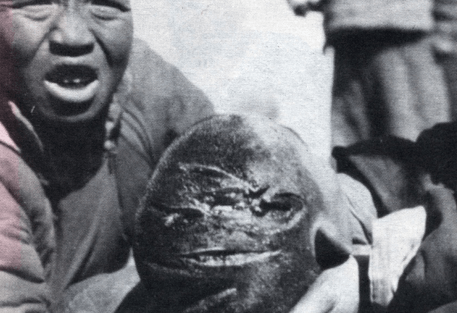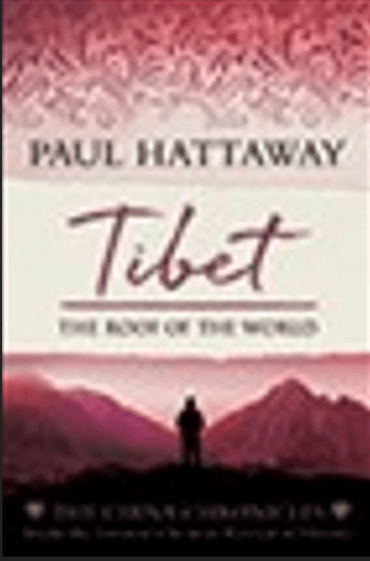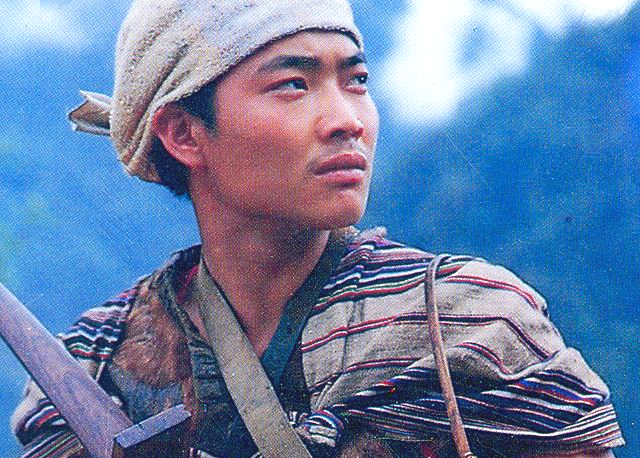1920s Tibetan work
Amdo ཨ་མདོ་
The kingdom of God continued to spread throughout the Amdo region during the 1920s, although the unstable environment in China at the time meant that progress was slow and difficult. The decade was also notable for the formation of the Chinese province of Qinghai in 1928, when a vast area of Amdo territory was annexed and incorporated into China.
At the main Amdo monastery town of Labrang, constant ethnic and religious tension between the Tibetans, Han Chinese, and Hui Muslims regularly spilled over into open bloodshed.
Hostilities between the three groups had simmered for centuries, with a dispute over the price of bamboo poles leading to the Hui Revolt of 1895-6, which spread to other provinces and resulted in the slaughter of millions of people. Although the dispute was primarily between the Hui and Han, Tibetans were also drawn into the carnage as rival warlords massacred the populations of entire districts.
The ethnic conflict continued into the 20th century, and in 1919, when the Hui sacked the Labrang Monastery, they burned to death hundreds of monks, dumping their charred corpses on the temple grounds. Throughout the 1920s, tensions erupted at regular intervals as each side aired its grievances against the other, with thousands of Tibetans being slaughtered.
When explorer Joseph Rock visited Labrang in 1929, he witnessed the carnage of one battle between the Amdo and the Hui, which was reported in National Geographic: "154 Tibetan heads were strung about the walls of the Muslim garrison like a garland of flowers. Heads of young girls and children decorated posts in front of barracks. The Muslim riders galloped around the town, each with 10 or 15 human heads tied to his saddle."[i]
Unsurprisingly, mission progress in Amdo largely stalled during the conflict, although the CIM sent a small team of medical missionaries into the white-hot cauldron. A clinic was established at Hualong, where the missionaries were able to minister to the physical and spiritual needs of many nomadic Tibetans when they visited the town to barter for goods.

This man with severe sword cuts to his head was brought to the mission for medical treatment.
A second small team of missionaries affiliated with the CIM set up base at Guide in Qinghai Province, assisted by a Chinese Christian doctor named Gao. In addition to dispensing medicine, the workers distributed large quantities of Tibetan and Chinese gospel literature to locals and pilgrims. These intrepid evangelists also ventured on horseback deep into the interior of the unexplored Golog Tibetan territory, sowing the seed of God's Word wherever they went.
Unmarried British women Mildred Cable and sisters Evangeline and Francesca French were three of the most famous Evangelical missionaries of their era. For decades the trio lived in northwest Gansu Province, at the juncture of the Chinese, Muslim and Tibetan worlds. They frequently traveled among all three peoples, telling gripping stories of the people they met and the events that unfolded. In 1927, they told of a Tibetan lama they met who had traveled hundreds of miles, prostrating himself on the ground every few steps. The weary devotee had already traveled for six months, and was heading for Lhasa, more than 1,000 miles (1,600 km) distant. The ladies recalled:
"We handed him a copy of St. John's Gospel, in which he at once read aloud the opening words, 'In the beginning was the Word, and the Word was with God, and the Word was God.' The happy expression used in the translation gripped him at once, and he listened with profound attention while we preached Jesus to him.
His face lit up and he said, 'I know about this. This Jesus, of whom you speak, has been greatly troubling me lately in my dreams. I know I shall have to believe in Him!'"[ii]

© This article is an extract from Paul Hattaway's book ‘Tibet: The Roof of the World’. You can order this or any of The China Chronicles books and e-books from our online bookstore.
[i] Rock, "Seeking the Mountains of Mystery," National Geographic (February 1930), pp. 143-44. On a trip to Labrang in 1995, the author observed there were still simmering tensions between the Amdo and Hui. The Amdo were incensed at plans to build a large mosque, which would have been higher than the monastery roof, and threatened to demolish the mosque if the construction proceeded.
[ii] Mildred Cable & Francesca French, Through Jade Gate and Central Asia: An Account of a Journey in Kansu, Turkestan, and Gobi Desert (London: Constable & Co., 1927), pp. 152-53.




